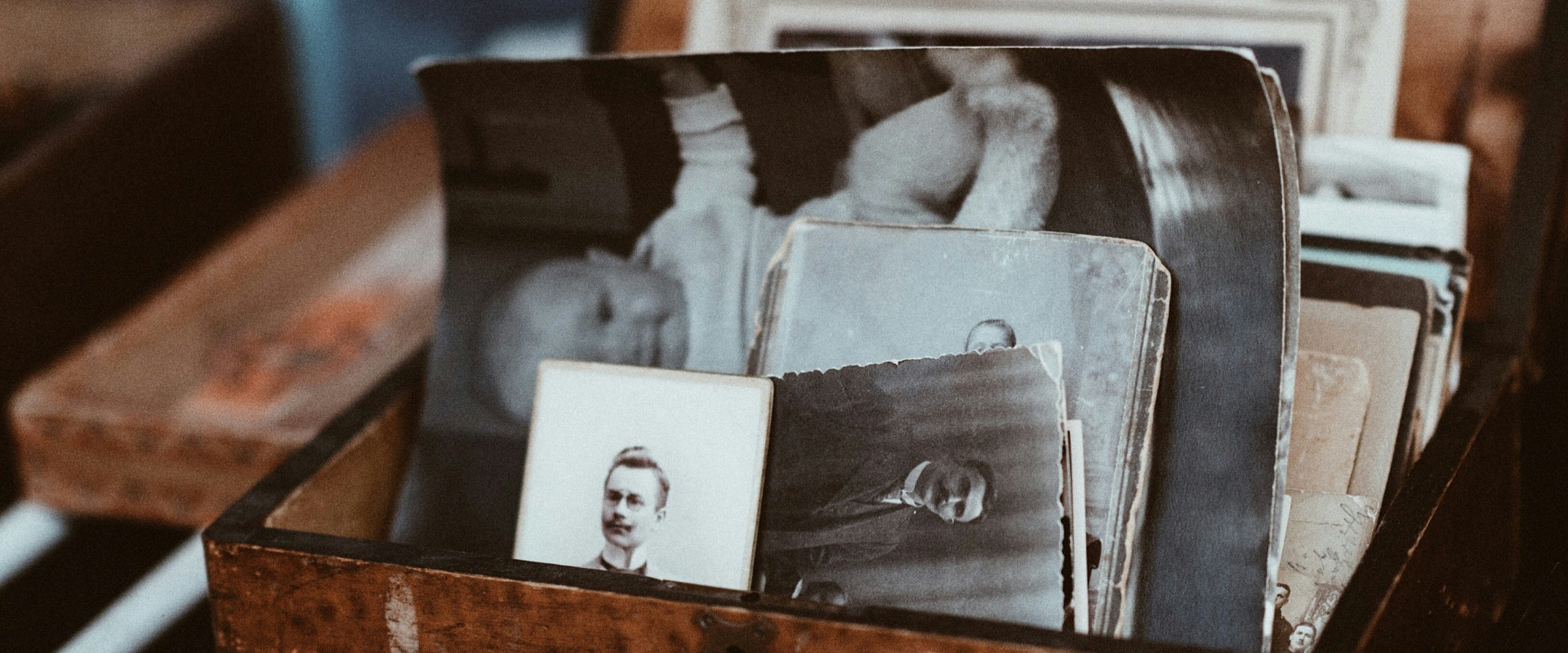
Moving into a dementia care home: the family checklist
Deciding to move a loved one into a care home is never easy. From the emotional toll it takes on your family member and yourself, to organising finances, there is a lot to think about. Moving into a care home can feel like a huge shift for everyone involved, and it is normal to feel unsure about what to do first.








